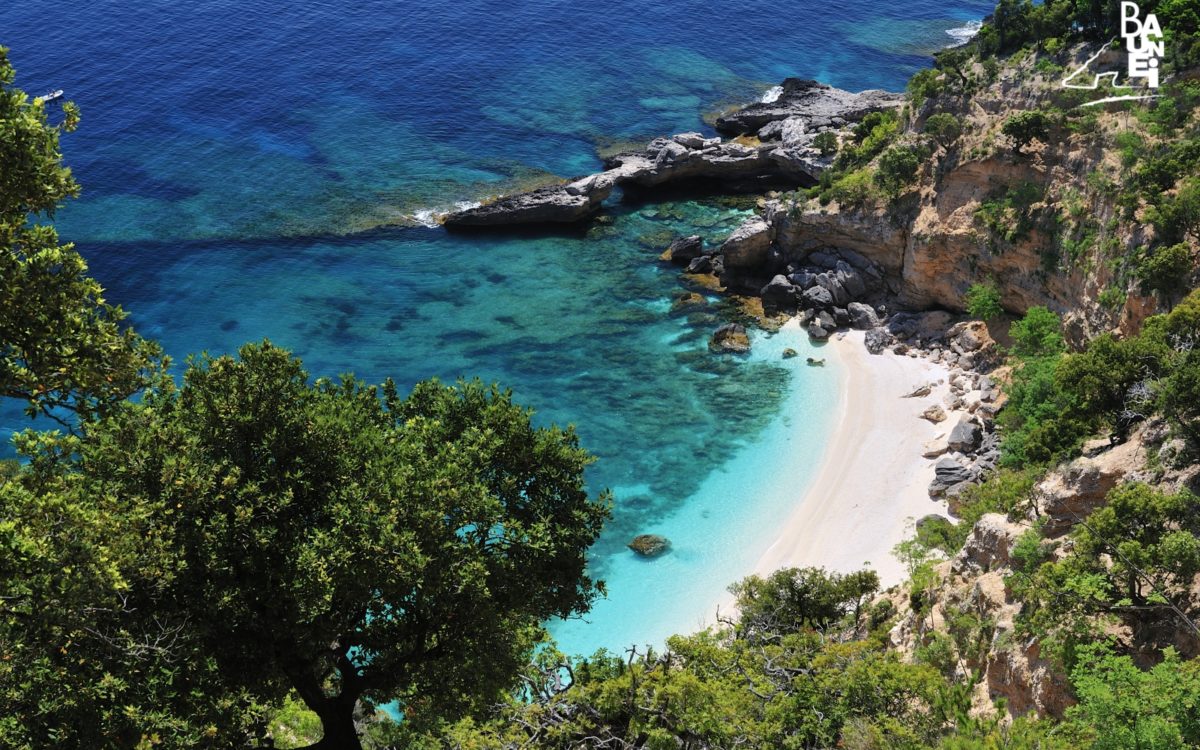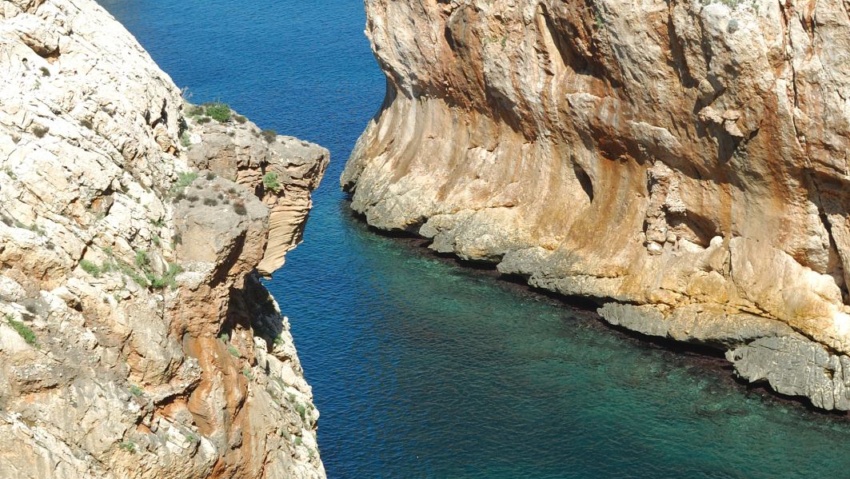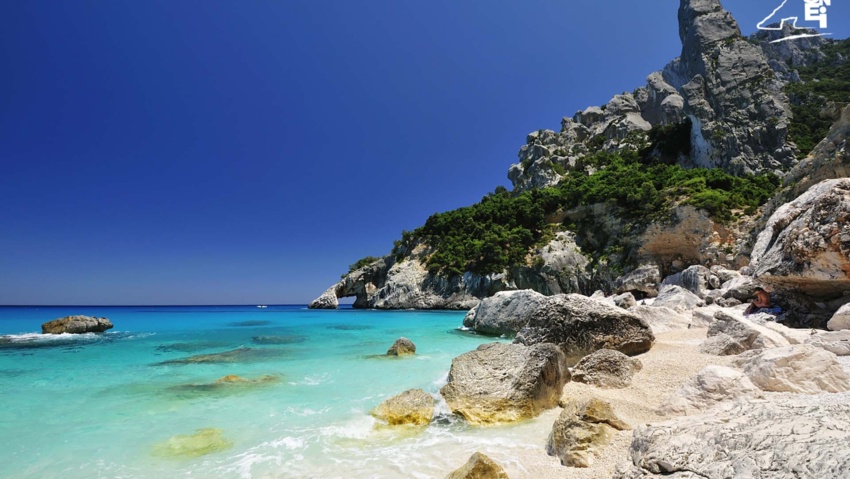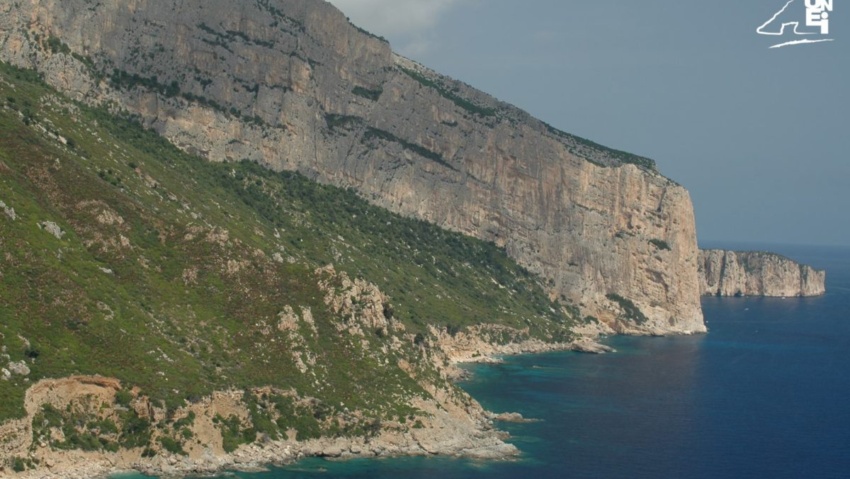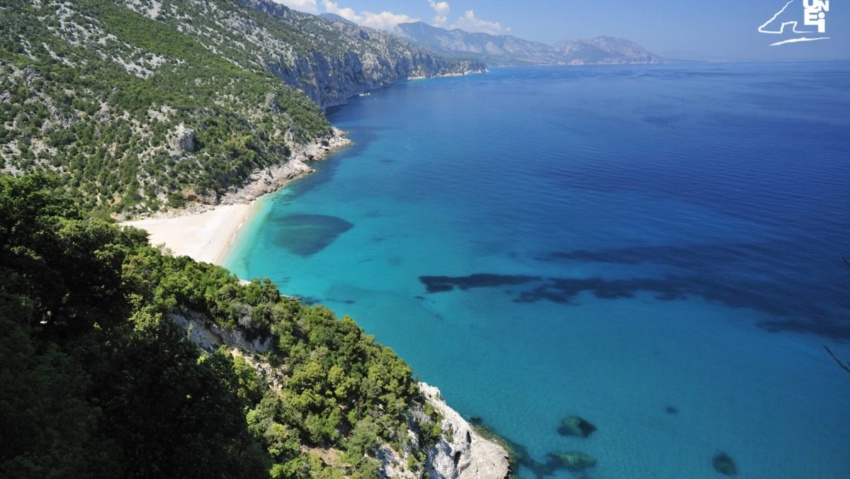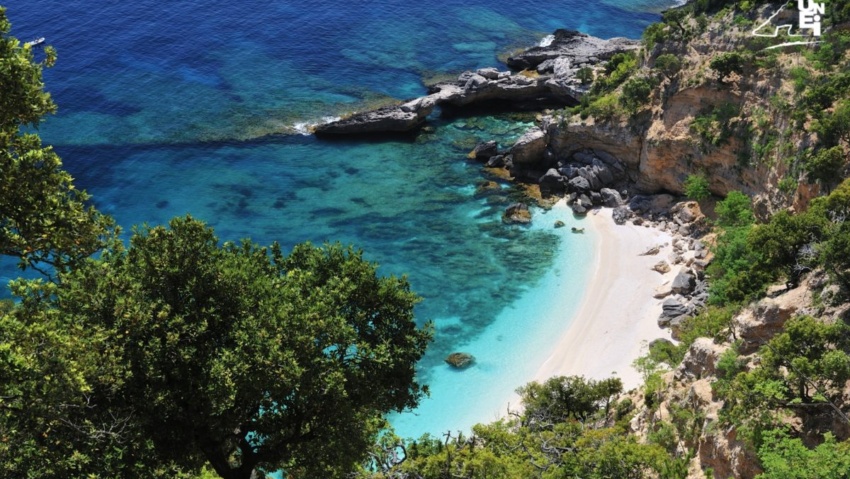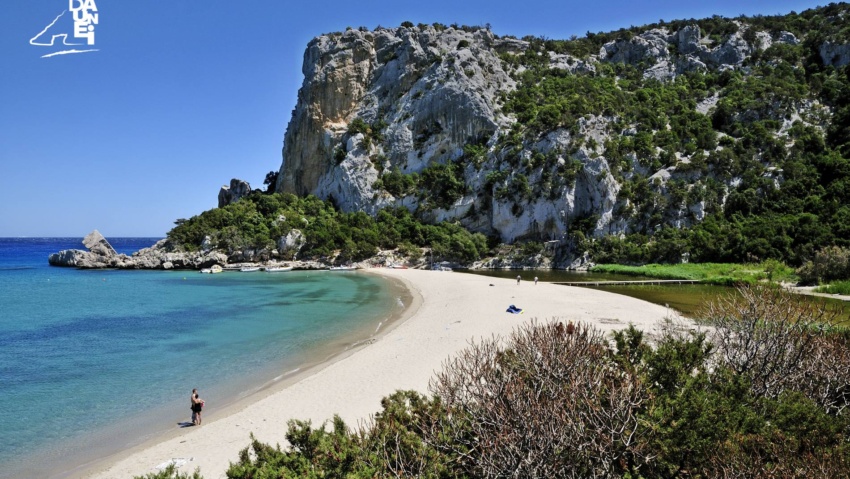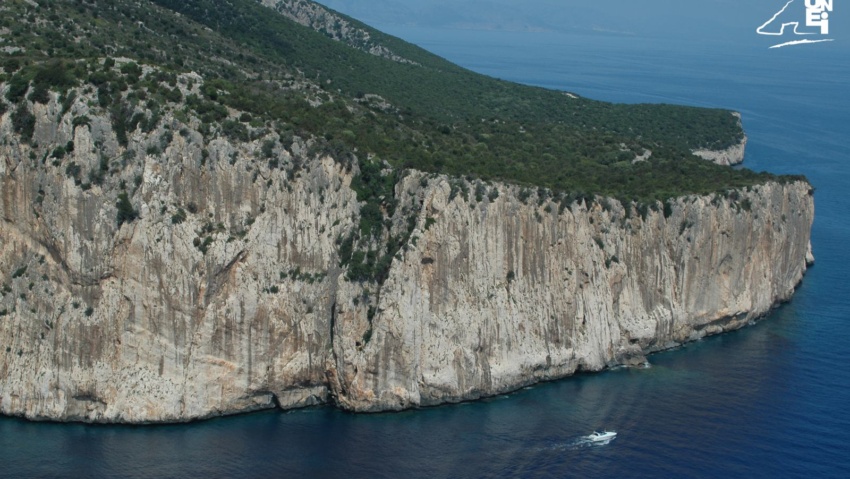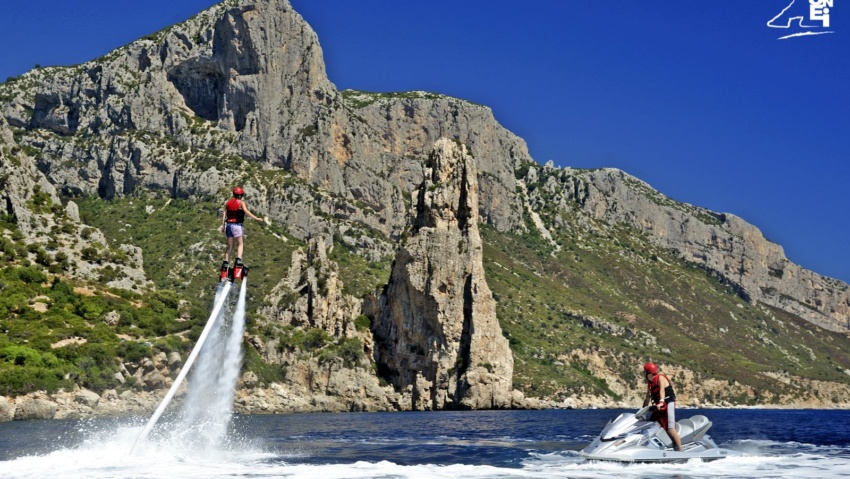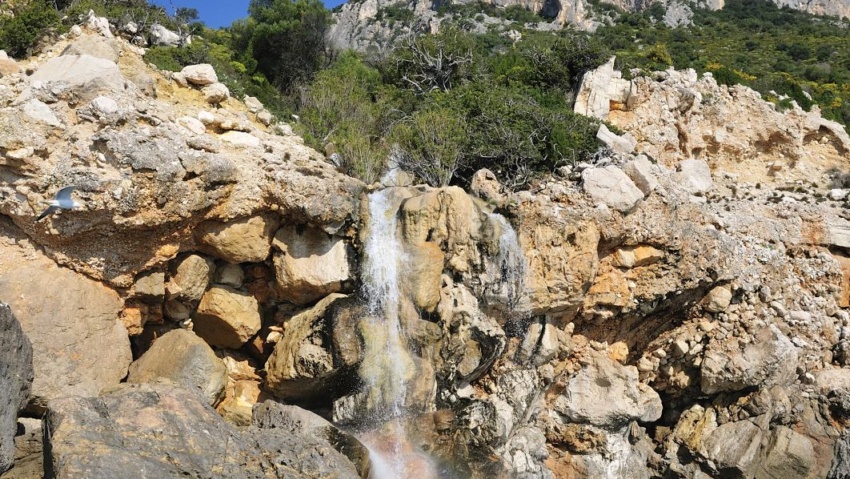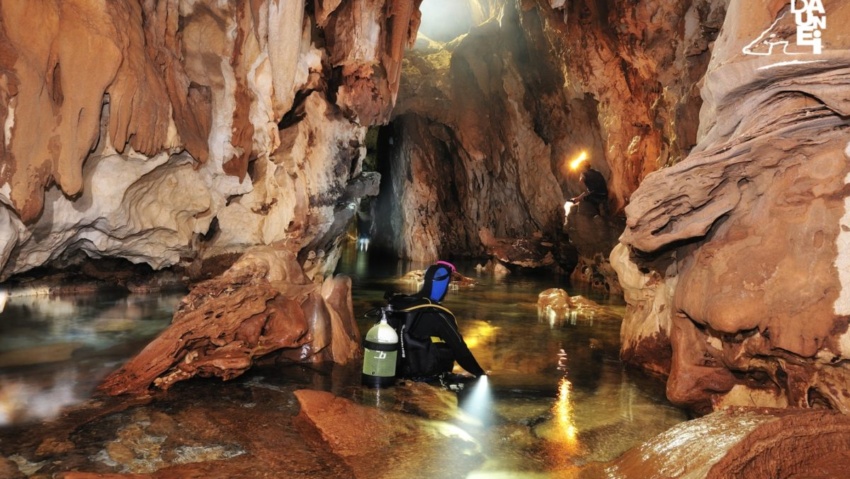Cala Birìala
Immediately after the “Grotta del Fico” the sheer limestone cliffs retreat sharply from the coastline and head down towards the sea, giving way to the dense Mediterranean vegetation of the “Birìala” forest, from which the small beach formed by a landslide that opens up under a sandstone wall takes its named. The beach of “Cala Birìala” (called “Birìola” by the Cala Gonone fishermen) was one of the beaches most often visited by monk seals, along with Ispuligidenie – Cala Mariolu, to the point that a small cove among the rocks to the south of the beach is called “Calettino delle foche” (“Little cove of the seals”) by fishermen. Recently invention is rather Another name, however, was recently coined, “Le Piscine di Venere” (“The Venus Pools”), which refers to the body of water of emerald hues between “Calettino delle foche” and “Bilariccòro” cliff. A small rock arch nestled between the rocks that enclose the beach to the south embellishes the beach of “Cala Birìala”, at walking distance from the inland, preferably in the company of local guides, who make stops in the Biriala woods to point out the ruins of a pantry that belonged to Tuscan coalmen. This area also played an important role at the time of “furisteris”, which had also created a mule track that linked the small Bilariccòro woods with large Biriala woods (also called “Su Saltu Mannu”, “the great territory”). No trace remains of the trail once travelled by the coalmen and their tireless mules. Also object of the attentions of the Tuscan “furisteris” were the “Isùili” and “Orronnòro” woods, located just north of Biriala and crossed by hikers on the “Selvaggio Blu” (“Wild Blue”) trek, on the stage that ends in Cala Sisine (and also includes abseiling forty-fifty metres more than once). Around here, as well as the ruins of the pantry, the coalmen left other interesting traces, such as a metal ladder made of rungs driven into the rock falling sheer into the sea. In order to admire this unusual find, it is necessary to skirt the limestone cliff from the beach in a northerly direction. After about three hundred metres, what is now known as “the ladder of Biriala” appears on the cliff face, a long series of metal rungs that allowed sailors to climb up the wall after securing their boats to two massive ring columns, which are still visible to sides of the ladder. The obvious devastating effects of rust, which has eroded many of the metal ladder’s rungs over the decades, strongly advise against using it to climb the wall.
